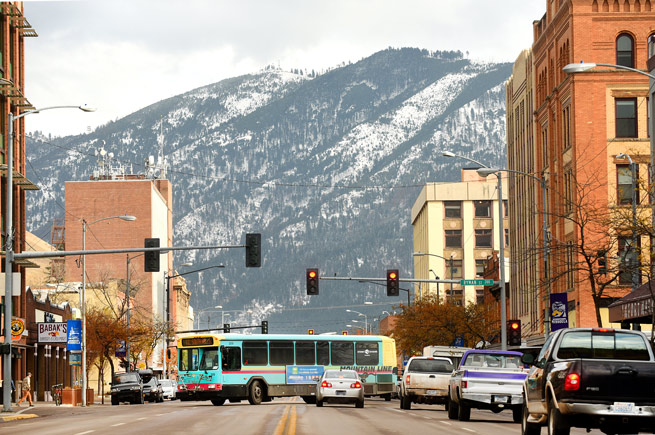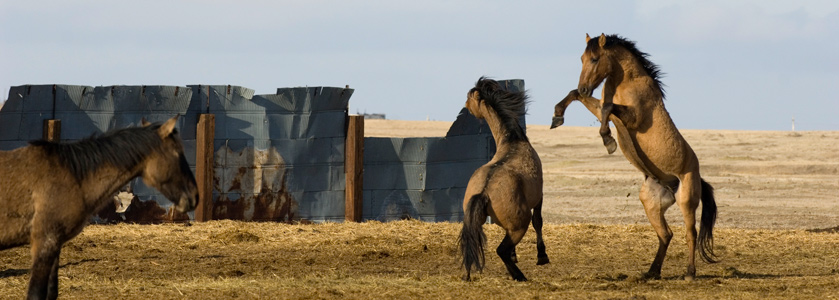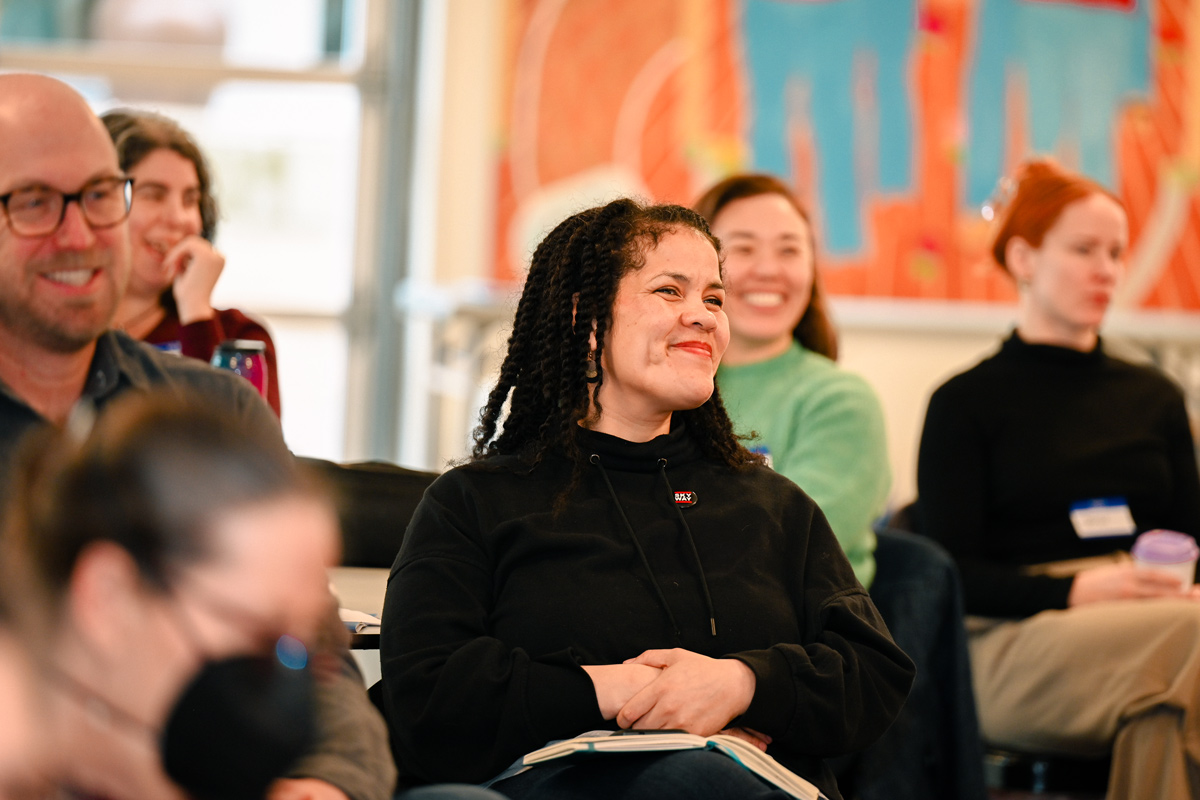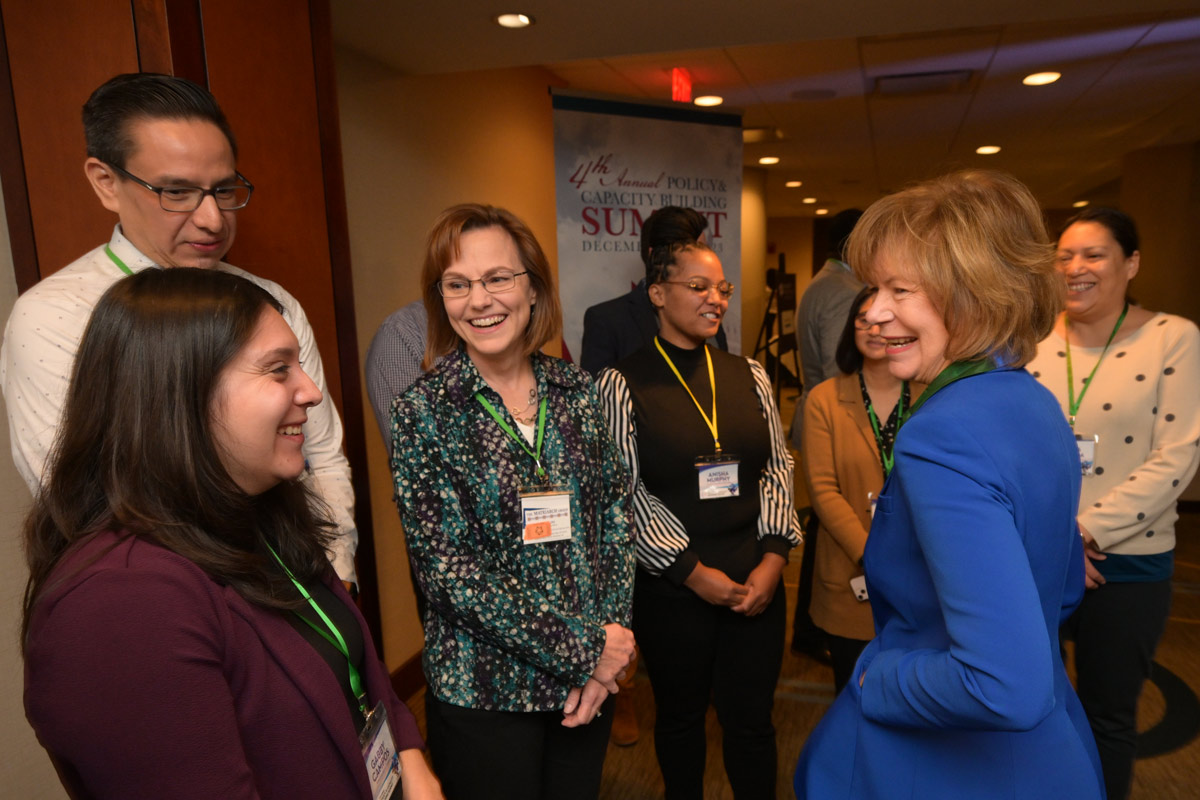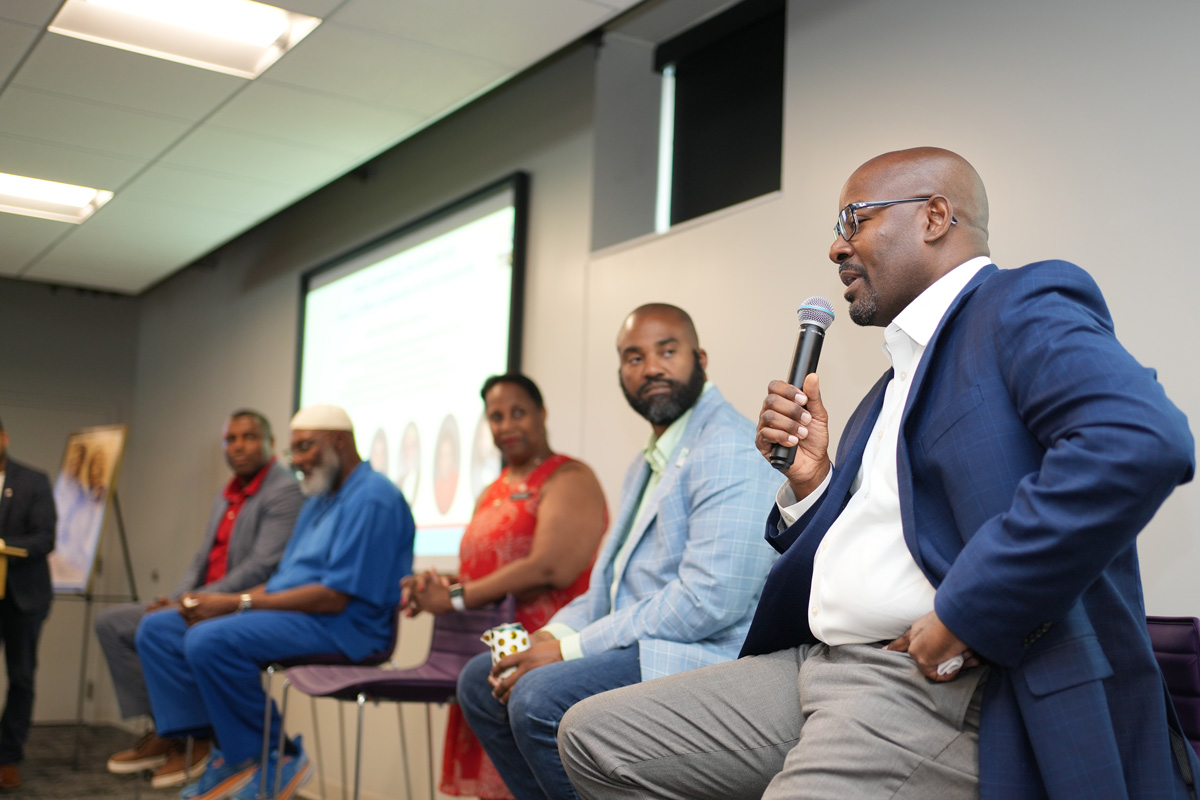The $10M capital pool responds to climbing capital demands.
First Nations Oweesta Corporation amplifies the beauty and promise of Native CDFIs.
The only Native CDFI intermediary, Oweesta offers financial products and development services exclusively to Native CDFIs and Native communities.
Through years of research and deep collaboration with Native CDFI leaders and funding partners—including us—Oweesta is also identifying new opportunities to grow and strengthen the Native CDFI field.
One example is helping Native CDFIs meet climbing capital demands.
A 2012 Oweesta-sponsored Access to Capital study of certified Native CDFIs revealed that as Native economies grow, Native CDFIs are being asked to respond to higher needs for capital. A survey led by the Center for Indian Country Development at the Federal Reserve Bank of Minneapolis showed the additional amount to meet Native CDFI financing needs in 2017 was $48 million.
Opening up long-term, lower-cost capital is a game changer.
This month, Oweesta is launching a first-of-its-kind $10 million Native CDFI Capital Pool to fuel new momentum and opportunity to help Native CDFIs meet capital demands and grow economic prosperity in Indian Country.
Krystal Langholz, Oweesta’s chief operations officer, shared her thoughts about the project in an interview last fall at the FHLB Des Moines collaboration event:
“We’ve always been an intermediary lender, so we’ve always provided the capital to Native CDFIs; but this [capital pool] is really scaling up those efforts and making sure there is long-term, lower-cost capital available for Native CDFIs.”
We’re providing Oweesta a $1 million grant to support the capital pool. Langholz explained how funding support from us and other investors helps ensure low-cost capital is available to Native CDFIs:
“[The Northwest Area Foundation] is providing the equity that seeds the capital for Native CDFIs; we then blend that capital with investments [from other financial institutions] so we can get a low-cost rate by having the million dollars in grant money in the pool holding it steady. It’s really a key part of what’s going to make the pool work.”
Other investors and partners are backing their confidence in Native CDFIs with dollars.
One extraordinary element that makes this capital pool work is the commitment and support from the diverse network of financial institutions. They’re not only lending dollars but also investing in Native CDFIs with confidence.
Enterprise Community Loan Fund, AMERIND Risk, First Nations Development Institute, and Tamalpais Trust are initial supporters excited to fund jobs and entrepreneurship in Indian Country through this capital investment in Native CDFIs. They see this as a unique opportunity to grow the field.
With this new growth potential, Native CDFIs are poised to expand and deepen other funder relationships that can help them meet their unique capital needs.
Impact: more homeownership and Native-led private-sector development in Indian Country.
During the FHLB Des Moines collaboration event, Chrystel Cornelius, Oweesta’s executive director, spoke as part of a panel of Native leaders who assessed research about opportunities and barriers in Indian Country.
Cornelius spoke about the economic impact the capital pool is expected to have in the next decade:
“This pool is a testament to the extraordinary work of Native CDFIs and their growth over the last two decades. As our pipeline and associated capital requests reflect the capital needs on grassroots levels throughout Indian Country, this pool will have the ability to promote progressive job creation opportunities, infrastructure development, and advanced homeownership options for thousands of tribal members . . . it’s very innovate and exciting.”
Support from Native-led organizations, a “statement of sovereignty.”
AMERIND Risk and First Nations Development Institute have both committed to supporting the capital pool, which Oweesta celebrates as a significant achievement for Native communities. Langholz explains:
“First Nations Development Institute and AMERIND Risk are both Native organizations . . . their participation is an exciting statement of sovereignty.”
Native-led support for the capital pool also comes from the Native CDFIs themselves.
This capital pool uses a model of “cooperative finance,” which means the Native CDFIs receiving funding are also buying into the pool. Having a stake in ownership lets them each play a role in deciding how to use the returns the pool generates. It’s an effort led by Native CDFIs on behalf of Native CDFIs. The model deeply reflects Native values and supports self-determined communities.
Langholz said she expects Oweesta to start making disbursements from the pool in May 2018.
We met with Langholz at the Elouise Cobell Land and Culture Institute at the University of Montana during the launch of our FHLB Des Moines collaboration on Nov. 10.
This video shares her thoughts on Oweesta’s $10 million Native CDFI Capital Pool.
Leaders share why they partner with Native CDFIs
Native CDFIs' Beauty and Promise Series
On Nov. 10, 2017, leaders and funders of Native community development financial institutions (CDFIs) joined us in Missoula, MT, to celebrate the launch of a new $5 million collaboration with the Federal Home Loan Bank of Des Moines (FHLB Des Moines). We had a chance to talk with several influential figures in the field.
Native CDFIs’ Beauty and Promise I:
Angie Main of NACDC Financial Services Shows Us how Native CDFIs Are Growing and Innovating
Read moreNative CDFIs’ Beauty and Promise II:
Krystal Langholz of Oweesta Uncovers What Makes Native CDFIs a Winning Investment in Indian Country
Read moreNative CDFIs’ Beauty and Promise III:
Ted Piccolo of NNDF on How Its Native-Rooted Lending Approach Is Key to Its Growing Success in Indian Country
Read moreNative CDFIs’ Beauty and Promise IV:
Oweesta Launches $10M Native CDFI Capital Pool to Fund Growth in Indian Country
Native CDFIs’ Beauty and Promise V:
Mike Wilson of the Federal Home Loan Bank of Des Moines Shares Why Native CDFIs Are Engines for Economic Growth in Indian Country
Read moreThe 13 Native CDFIs receiving capital pool funding are:
- Chi Ishobak
- Citizen Potawatomi Community Development Corporation (CPCDC)
- Cook Inlet Lending Center
- First American Capital Corporation (FACC)
- First Nations Community Financial
- First Ponca Financial
- Four Bands Community Fund
- Four Directions Development Corporation (FDDC)
- Lakota Funds
- Mazaska Owecaso Otipi Financial
- NACDC Financial Services
- Northwest Native Development Fund (NNDF)
- Tiwa Lending Services

